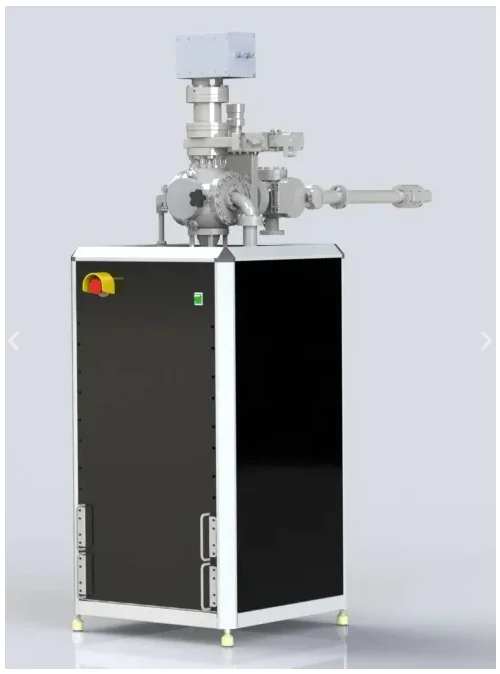Laboratory of Atomic and Molecular Layer Deposition (ALD/MLD) of Dagestan State University

The main area of research in the Atomic and Molecular Layer Deposition Laboratory (ALD/MLD) of Dagestan State University is the synthesis of nanomaterials, in particular, nanofilms with thicknesses up to 100 nm. The laboratory has 4 vacuum atomic layer deposition apparatus of various types. 1 reactor with a flat-type reaction chamber with the ability to deposit nanofilms on flat substrates, 1 reactor with a volumetric reaction chamber, where it is possible to deposit nanofilms to volumetric samples, as well as 2 reactors with tubular reaction chambers, where it is possible to integrate quartz piezoelectric microbalances into the chamber, which are a unique tool for in situ monitoring of the processes occurring inside the reaction chamber during nanofilm growth. Both fundamental and applied research is carried out in the laboratory. New oxide, carbide, nitride and hybrid organo-inorganic nanomaterials are being developed for use in electronics, energy, ecology, nanomedicine and biotechnology. Comprehensive studies of the mechanisms of surface reactions and the resulting nanofilms are being carried out using quantum-chemical modeling, as well as such physicochemical methods of analysis as X-ray reflecto- and diffractometry, spectroscopic ellipsometry, X-ray photoelectron spectroscopy, etc. At present, technologies have been developed for deposition vanadium, titanium and molybdenum oxides, titanium-vanadium, titanium-molybdenum oxide nanofilms, silicon carbide, silicon-containing hybrid organo-inorganic nanofilms for use in high-temperature electronics, lithium-ion batteries, supercapacitors, photocatalysis, as dry lubricants, in nanomedicine. Methods have also been developed for producing polypropylene hernia meshes and surgical suture materials with high antibacterial properties by applying titanium-vanadium oxide nanofilms to them using atomic layer deposition; contact and intraocular lenses with improved resistance to ultraviolet radiation; protective nanocoatings on the surface of jewelry stones and products, etc.
- DFT calculations
- In situ Quartz piezoelectric microbalance (In situ Quartz Crystal Microbalance (QCM)
- Atomic Force Microscopy (AFM)
- Atomic layer deposition
- IR spectroscopy
- Quantum chemical modeling of surface processes in atomic layer deposition
- Microbiological methods for determining the antibacterial activity of nanofilms
- Molecular layer deposition
- Determination of the antibacterial activity of compounds
- Deposition of thin films
- High-resolution transmission microscopy
- Working in a vacuum and an inert atmosphere
- Working with bacterial strains
- Working with laboratory animals
- X-ray diffraction
- X-ray reflectometry
- X-ray photoelectron spectroscopy
- Scanning electron microscopy (SEM)
- Raman spectroscopy
- Functional nanomaterials
- Ellipsometry
- Instrumentation (Vacuum installations of atomic and molecular layer deposition (ASO/MSO))









Research directions
Development of new surface chemistry for atomic layer deposition of oxide nanofilms
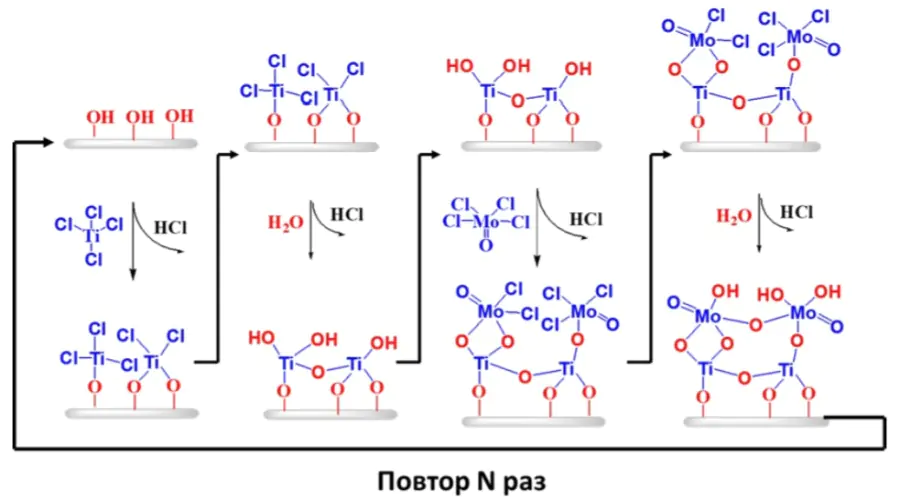
Development of antibacterial nanocoatings using atomic and molecular layer deposition nanotechnology for biomedical applications
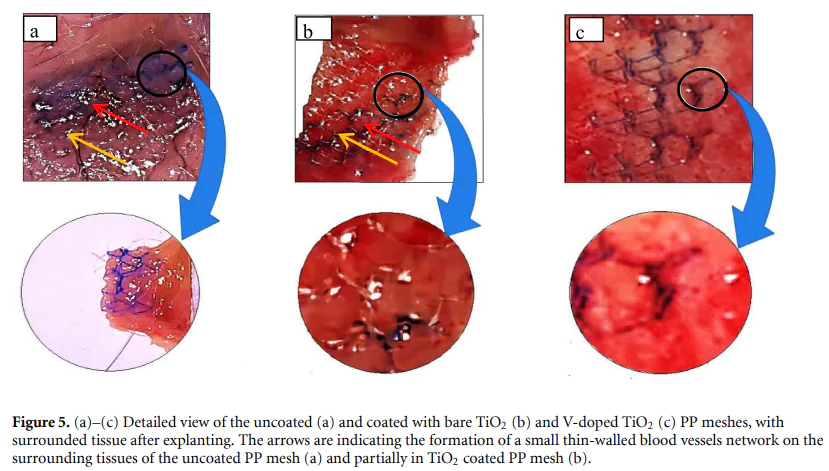
Quantum-chemical modeling of surface processes in atomic layer deposition
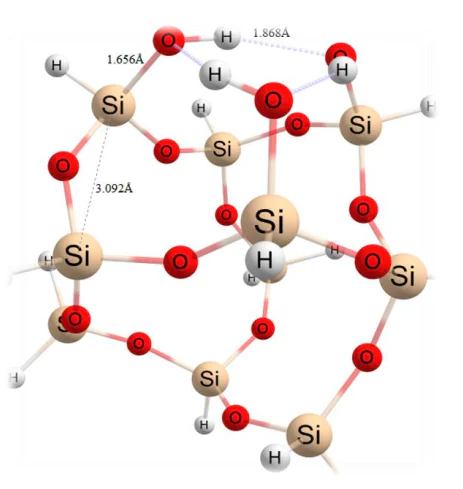
Development of new surface chemistry for atomic layer deposition of nitride nanofilms

Molecular Layer Deposition and Post-Processing of Silicon-Containing Organo-Inorganic Thin Films

Development of technology for the synthesis of silicon carbide films on silicon using the molecular layer deposition method
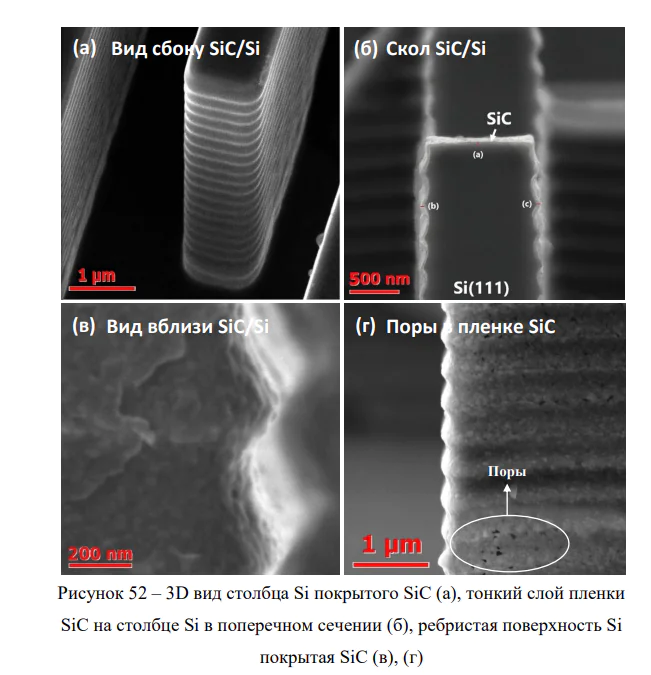
Scientific instrumentation of vacuum installations for atomic and molecular layer deposition
